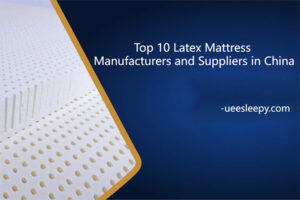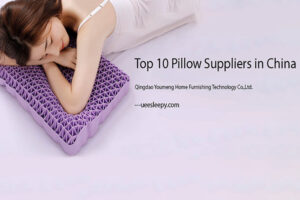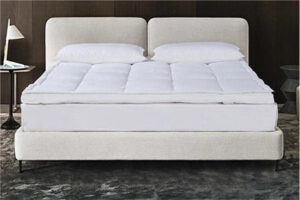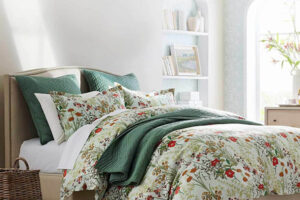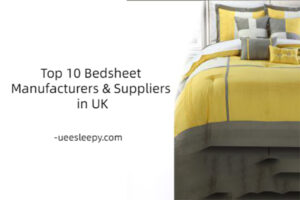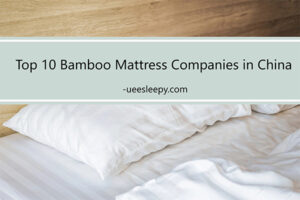Here we share our guide to cushion types, including types of foam, cushion styles, foam materials for sofas, and important details. The fascinating history of sofa pillows dates back to Mesopotamia and ancient Egypt. It is a symbol of royalty and high status.
The Romans were famous for using them on their marble benches, whether they were installed in their homes or in the Colosseum. It was also popular in England in the 14th century, where they were used for the coronation of kings and queens. As bubbles become so integrated into our lifestyles, they seem simple and unimportant. That is unless you exclude it. Let’s face it, comfort and convenience are reduced.
1. Types of decorative cushions
There are four main types of decorative cushions, possibly with added pillowcases and traditional pillows, for bedroom use. The four types are cushions, throw pillows, lumbar cushions, and boxes.
Cushions are usually square, rectangular, or triangular in shape. They are much wider and taller than they are thick. When you hear decorative mats, you immediately think of these traditionally popular decorative mats. They can have countless decorations, such as embroidery, buttons, or sequins, and can be made from almost any type of material. The type of filling determines the price, with down filling costing more than polyester.
The cushion is a long tubular “Tootsie Roll” cushion. However, while the long cylindrical shape is the standard, there are also long box rectangles, long wedges, and long flat rectangles. These cushions are used for back and neck support and are suitable for larger sofas and beds. Lumbar pads, as the name suggests, are cushions used to support the back.
They can be designed for function or serve as functional home accessories. Lumbar pads are not only used in the home but also in vehicles to provide extra support for the seat. While you might consider adding trim to your car, most of them are designed specifically for seat design and are more functional than fancy. Some decorative lumbar pads are primarily decorative rather than supporting the back.
Box mats are not always in the shape of a box, but include round mats. However, these always have an actual side between the top and bottom, not just the top and bottom stitched together. These are highly decorative and are often the interest of mat parties.
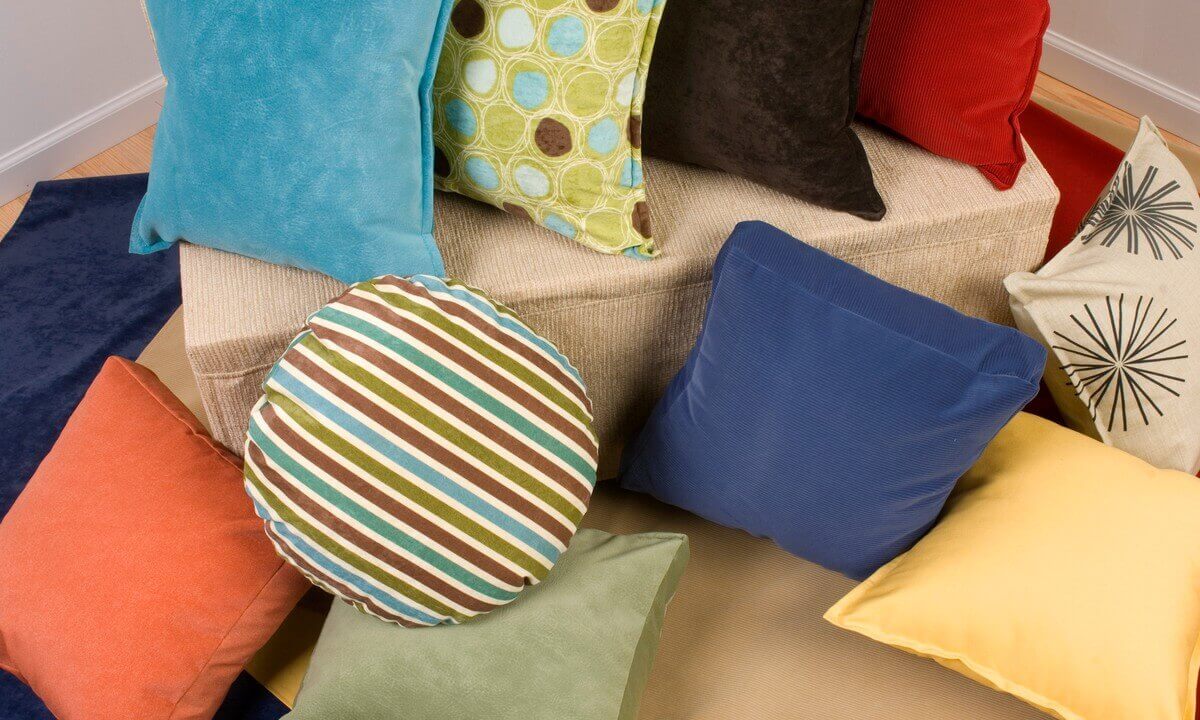
2. Size and purpose
There are huge cushions (think decorative throw pillows) that can cover the arms of a larger sofa and are the only ones you’ll need unless you want to add very small ones for decoration. However, most cushions measure between 61 cm (24 inches) and 41 cm 16 inches, with an average standard square size of about 46 cm (18 inches). Choosing the right size cushion can make your sofa, chair or bed look out of place and blend in perfectly with the room.
Larger square and rectangular cushions are used on the outside of a sofa or on the back of a headboard on a bed. They create a base from which you can work for the rest of the design created from the smaller cushions. Larger cushions also fit perfectly on the backrest of a sofa bed. You can use multiple rectangular or square cushions to create the backrest and cushions to match the armrests. Fill out the front area with a set of cushions of different sizes and shapes for added interest.
A standard rectangular cushion can be used for office chairs. It not only serves as a decoration but also makes the person sitting there feel more comfortable. For example, I have a friend who is a challenge coin supplier. He has his own sales company. In order to make employees work in a more comfortable environment, he wholesales a lot of comfortable cushions and backrests for them. I think this is a way to improve work efficiency.
Small cushions are the more decorative part of many combinations. They can provide color, glitz, or pattern to act as a cohesive force for the group. Larger cushions in neutral tones and smaller cushions in bright colors are often the solutions when you just need a touch of color.
3. The shape of the cushion
Decorative cushions come in many shapes. Triangular, tubular, box, rectangular, circular, or perfectly square are a few, with the square being the most common. While cushions have always been a popular element of decor, they are even more so today. As people move into apartments more often and other decorating methods become more expensive, getting just the right look with cushions is a low-cost solution to creating a stylish look.
It is best to use more traditionally shaped or themed cushions in your living room, bedroom, or children’s room to add just the right touch. If a star or cloud cushion fits the theme you’re using, it could be a great addition to a child’s room or a great addition to a living room. The bed can be enhanced with a shimmering gold star cushion if you want to go Hollywood in the bedroom. Also, consider romantic heart cushions for the bedroom.
4. Keep or create a color scheme with mats
Just like the shapes, the cushions are now also available in a variety of colors. Under a particular heading, you’ll not only find a solid of a particular color but also a pattern with it as the dominant hue. While shapes and different types of cushions create interest and embellishment, it won’t help unless you have a cohesive color scheme.
If your chair has only one cushion as an accessory, it should have the same color scheme as the sofa cushions. Find your color scheme and stick to it, whether you use solid colors, patterns, or a combination.
There are three main types of color schemes, complementary (contrasting colors, such as red and green), monochromatic (one color in different shades), and analogous (three colors next to each other on the color wheel, such as light blue, green, and lime.) Other types include split complementary, which uses a primary color, a complementary color, and a color next to it (magenta, pale green, and red or peach), and triad (three colors equidistant from each other on the color wheel) Examples include purple, coral, and green. )
A very popular color scheme is to use neutral tones with a touch of color to create drama or warmth, which may include black and white trim paired with a bold pop of red. Each one brings life to the room and sets the mood of the room with its qualities.
5. Quick Checklist: Different Types of Cushioning Materials
- Polyurethane foam
- Polyester filling
- Closed cell foam
- Fabric Backed Sewing Foam
- Quick Dry Open Cell Foam
- High resilience foam
- Lux Foam
- Industrial Grade High-Density Foam

1) Foam pad
From standout and royalty to comfort, foam pillows have come a long way to become part of everyday life today. They come in various sizes and are made of different materials. Foam is one of the most popular cushion fillings. Foams are the most popular mainly because they are the most demanded in the market. You can sink into it and enjoy your day indoors.
But if you’re going to do that, make sure you’re buying the ideal foam pad. Here are the different types of foam used in pillows:
#1. Polyurethane foam
Polyurethane is part of the polymer (plastic) family. It can be flexible or rigid, depending on how the manufacturer made it. Polyurethane foam is the most flexible type of foam, giving you the best support and comfort. It has a wide range of applications, including but not limited to the following:
- Sponge
- Car seat
- Sound insulation system
- Mattress
- Large filter
- Upholstered furniture
- Large filter
- Insulation
One important thing to note, though, is that the foam you use for your mattress meets federal flammability standards set forth in the Consumer Product Safety Act.
#2. Medium Density Foam
The classic type of polyurethane foam is medium-density polyurethane foam. It’s the traditional choice if you want just the right amount of firmness and softness in your seating and bedding. Medium-density polyurethane foam is treated to prevent mold and mildew as it dries. But it should be protected with a waterproof layer before inserting the cover. This foam is ideal for:
- The terrace
- Adirondacks
- Ground
- Boat seat
- Indoor seating
#3. High-Density Polyurethane
High-Density Polyurethane Foam is the same as Medium Density Polyurethane Foam, but denser. This means it is more resilient and lasts longer than the medium-density version. It can also be antibacterial; the foam lasts up to 12 years. It also comes in varying degrees of firmness, from medium to firm to extra firm.
If you’re looking to buy high-density polyurethane foam, you can use it for:
- Indoor bench
- Sofa
- Berth
- Double sofa
- Floor mat
- Rocking chair

#4. Polyester Filling
If you’re on a tight budget, you’re looking for polyester fill. A bit of a caveat when choosing this filling though, as it flattens out too quickly and easily. Additionally, they are available in different densities and types, such as:
- Soft Polyester (smooth, stretchy, and durable)
- Ply-a Soft Polyester (soft and much less elastic)
- Faux Down Polyester (safe and inexpensive for those with feather allergies)
- Clustered polyester (durable and long-lasting)
Considering polyester instead of foam, the polyester fill is affordable, mildew resistant, non-allergenic, and machine washable. You can use it for:
- Deep seat back pillow
- Pillow stuffing
- Cushion/pillow fabric support
#5. Closed Cell Foam
Closed-cell foams made from PVN are considered strong, buoyant, and expensive. It’s three times stronger than polyurethane foam and doesn’t absorb moisture, meaning you can cover it with any fabric. Closed-cell foam is also used as extra cushion support, acting as springs in mattresses. The foam is glued to another foam to accomplish this.
However, it not only provides additional support, it also applies to:
- Life jacket
- Floating cockpit mat
- Commercial boat seat
#6. Fabric Backed Sewing Foam
Another type of cushion is sewing foam with a fabric backing. This foam is known as “sewing foam,” “scrim foam,” or polyurethane foam with a fabric backing. It is a thin polyurethane foam sheet that can be used in decorative applications. It’s not technically a complete foam; it’s just a section of foam that can be used to soften and fill hard edges and add texture to the seat cover fabric.
The fabric-backed sewing foam uses adhesive to easily bond and secure stitches when needed. The backing is where the seams and folds are made. Upholstery jobs using this foam are ideal for glider seats. It’s also a good choice for:
- Guard plate
- Motorcycle
- Golf cart backrest
- Pontoon
- Jet Ski Seat
#7. Quick Dry Open Cell Foam
Quick drying open cell foam is a higher quality open cell foam. Open-cell open-cell foam for excellent water absorption and breathability for comfortable use. This is the same way you dry fast-opening foam but at a higher quality. User-friendly and popular, the quick-drying open-cell foam is also mold and mildew resistant.
It can even become a maintenance-free mat when combined with an outdoor mat. This foam is ideal for boat cockpit and deck trim.
Hint: Due to the popularity of the bubble, knockoffs are being sold in the market. Pour a glass of water over the foam. If it’s straight and flowing from the bottom, it’s authentic. If it’s coming out the side, it’s a knockoff.
6. Types of mat shapes
In addition to different types of padding, you can also see cushions in various shapes in the market. This is a good thing to have when designing your home. In addition to softness and color, its shape is also a consideration when you’re shopping for a cushion.
The shape affects the overall feel and style of the sofa you intend to use in the room. This means it also affects the look and feel of your home or office. Here are the most common pillow shapes on the market to help you decide:
- Box shape
- Triangle
- Round
- Rectangle
- Tubular
There are more quirky shapes if you want a shape that looks more unique. Just make sure it matches the design and mood of the room in which they will be used.

7. Types of cushion styles
Cushion style has to be about more than just shape and filling. The style will determine the overall vibe they create for the room. One style can look minimal, while another can look unique and eccentric. Here are some cushion styles you can look forward to:
1) Straight
Straight is the simplest style of the sofa cushion. This refers to rectangular or square, with no extra parts on the armrest of the sofa. A good example of this is the recliner. Both the inner seat and the end seat can be straight.
2) Boxed
Boxed types have clear panels from bottom to top and on both sides of the pillow. The piping trim gives it a more formal and strong look than all other styles.
3) Loose
Loose ones are so named because they are not secured to the couch in the first place. They can be easily removed and reinstalled if you wish to clean the sofa.
4) Waterfall
Waterfall has a fabric wrap. For the seat, the fabric runs from top to bottom. The back part, which extends from the front to the back. These sofa fabrics are closed with side panels without any interruptions.
5) Fixed
Fixed cushions are stitched to the sofa so they cannot be removed and misplaced. Cleaning is impossible without including the entire sofa on which they are installed.
6) Benches
A bench seat cushion is a combination of two or three upholstered fabrics, similar to a bench. The seat cushion is not divided and extends a long strip across the entire sofa. This look has a more modern feel and minimalist appeal.
7) J, L, and T
Types J, L, and T are named according to their shape. The L-wrap is on the right sofa arm and the J-wrap is on the left. On the contrary, the T shape is relatively loose and wrapped around the ends of the armrest of the sofa.
8. Foam type of sofa cushion
Sofa foam is all about comfort and style. One is inseparable from the other. But other factors must also be considered, including longevity and how it sags with age. All of these factors affect the quality of the cushion. Below is a selection of different types of sofa foam.
1) High-resilience foam
High-resilience foam is considered the best foam pad because of its elasticity. Foam typically weighs about 2.5 to 3 lbs/cubic foot. When it first softens, it has a service life of 8 to 10 years.
High-resilience foam is highly resilient, buoyant, and resilient. When the high-resilient foam is used with open cells, it becomes stronger and lasts longer. This foam is used in yacht seating and expensive upholstery.
2) Lux Foam
Lux Foam is a premium foam pad that weighs 2.2 pounds per cubic foot. It’s known for being a firmer foam, but also as resilient as high-rebound foam. It is one grade higher than ordinary industrial-grade high-density foam on the market. Between high resilience foam and industrial grade high density, cheaper and better quality than the former. Lux foam lasts about six years and can be used in camping pads and bench pads.
3) Industrial-grade high-density foam
Industrial-grade high-density foam, weighing 1.9 pounds per cubic foot, is the most common foam pad. Widely used in most furniture, this foam is economical and comfortable. But it is also slightly lower quality compared to high resilience foam and lux foam.
9. Can I replace the foam on the sofa?
The immediate answer is yes. You don’t have to throw away a good sofa frame just because the cushions are already bumpy, sagging, or have holes. Assuming your couch pillows have zippers; hello to you! It just makes your job easier. You can remove the fillers and replace them with new ones. But there are still a few steps to get this done.
1. Determine foam dimensions (length, width, and thickness), what type of foam fill to use, and how much fill all pillows need (tip: use high-density foam for higher quality!)
2. Remove from the sofa, take out the stuffing, and turn the fabric over (fixed cushions: carefully pull out the stuffing)
3. Take the cushion sponge you just bought and cut it to the size of the sponge (you can draw a pattern for each sponge – make sure it’s always 1 inch bigger)
4. Put the new foam inside the fabric or cushion where you removed the old padding. Insert each form into the corresponding cover, and zip it up!
These are the easy steps to a successful foam replacement!

10. What kind of foam is used for the chair cushion?
There are different types of foam to choose from, but you can’t just pick one and use it. Some foam fillings are better suited for specific cushion uses. For those foams used in chairs, you want a foam that is comfortable to sit on but springs back immediately.
Polyurethane foam is a chair option you might want to consider. Both medium and high-density foams are available. For interior seating, choose medium-density polyurethane foam. If it’s more of a sofa-like chair, high-density polyurethane foam is ideal.
11. Which type of cushion is best?
When asked which is best, some people will immediately say that high-resilience foam is always the right answer. Its modulus of elasticity facilitates this choice, as it springs back up immediately after application. While this can be a great element, you should also be aware of what they are for and how they are used.
Do you use sofa cushions at home? Or does your boat seat need a cushion? When considering cushions, these cases will have different answers, which will be the best? of course not. Depending on your needs, the best type of mat will be ideal. However, in terms of quality, high density is considered to be the most important. As a material for wicker seating, it would be a good choice.
In this case, the quality comes from a long lifespan and a soft character. This means it is more expensive than medium-density cones and other cones below that density.
12. What material has the best density for sofa cushions?
When considering the best density for a sofa, the answer is high-density cushions. They are both soft and strong. It’s also a good investment, as the foam will last up to 12 years. You won’t have to replace them again for the next 12 years.
13. Is high-density foam suitable for cushions?
High-density foam is a good choice, especially for pouf types. This is a type that is both sturdy and very comfortable. As important as foam density is, it’s not something people talk about right now, but it may be a sign that the market needs to start taking it seriously when it comes to buying cushions.
How useful was this post?
Click on a star to rate it!
Average rating 5 / 5. Vote count: 1
No votes so far! Be the first to rate this post.

